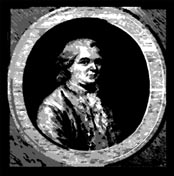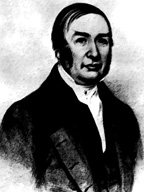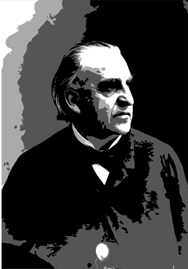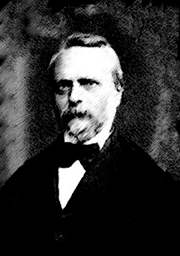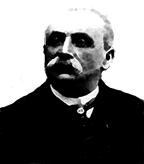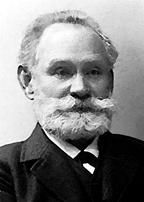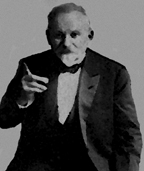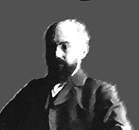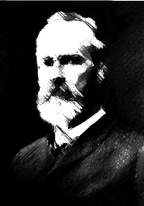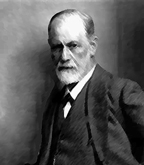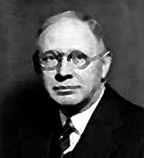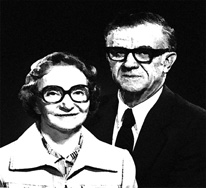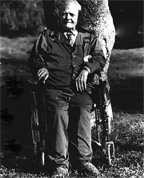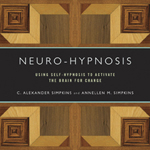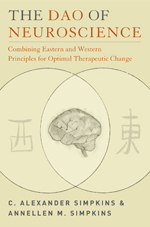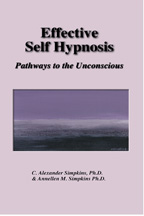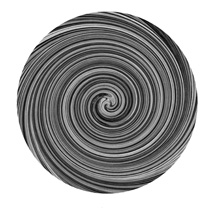
We have been teaching, researching, and practicing hypnotherapy since the 1970's. Our first hypnosis teacher, G. Wilson Shaffer, Dean of Johns Hopkins University and director of the University Counseling Center, taught us how to develop hypnotic capacities and then integrate them with suggestion into therapeutic methods. Our next hypnosis teacher, Harold Greenwald, the founder of Direct Decision Therapy, taught us how the decisions we make are fundamental for change. We spent a number of years studying with Milton H. Erickson who showed us the vast potential of the unconscious and how to facilitate change through these natural automatic abilities. He supervised our clinical work and guided us in our hypnotherapy. Ernest Rossi guided us further in our theory, worked with us on our research, and supervised our practice of hypnosis and the facilitation of the brain. He encouraged us to recognize the close interaction between the body, mind, and brain, expressed at the deep and fundamental level of the genes.
We have taught self hypnosis and treated many problems using hypnotic therapy for decades. We have also applied them ourselves in many applications. Perhaps the most important learning we have drawn from our years with hypnosis is to have a deep respect for the potential of the natural capacities within, already there, just waiting to be released and used. And so, we invite you to explore hypnosis and use this page to deepen your own understandings to experience for yourself the vast potential of hypnosis to activate change!
Hypnosis Innovators Through History To The Present
|
|||||||||||||||||||||||||||||||||||||||||||||||
